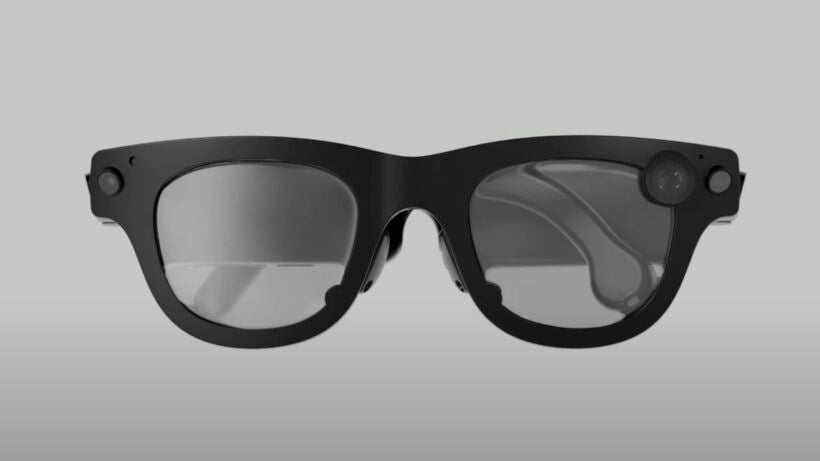Following their unveiling in February, fresh details emerge about the research-focused glasses.
Adding more details to the Aria Gen 2 smart glasses it teased back in February, Meta has released comprehensive technical specifications for its research-focused glasses, showcasing upgrades in on-device processing, wearability, and sensor technology.
The glasses, which build on the platform designed for researchers working on machine perception, contextual AI, and robotics, appear to be a significant step forward from the first-generation Aria that debuted back in 2020. And while they’re still not for you or me, the most consumer-friendly innovations developed by the company will likely trickle down to one of the ‘half-dozen’ smart glasses reportedly set for release over the next year or two.
That could include improved wearability, as Meta has described how the Aria Gen 2 smart glasses have been engineered for improved comfort and broader usability in research settings. The glasses weigh approximately 75g and feature folding arms for enhanced portability, with Meta able to offer them in eight distinct size variations to accommodate a broader range of face shapes.
As detailed in the blog post, Aria Gen 2 also features a significantly upgraded sensor suite. This includes an advanced camera-based eye-tracking system that monitors detailed gaze information per eye, blink detection, and pupil characteristics.

Building on what’s already been shown off by those building Aria Gen 2—that PPG sensors will be integrated into the nosepad alongside a contact microphone for clearer audio capture—it’s also suggested that the glasses will feature an ambient light sensor. Meta says this is capable of distinguishing between indoor and outdoor lighting conditions using its ultraviolet mode.
The (even more) technical stuff
All of the above is enough to make my head spin. Still, the new post also delves into more detail, noting that the computer vision system has been notably enhanced with four global shutter computer vision (CV) cameras, doubling the count from its predecessor.
These cameras boast a high dynamic range (HDR) of 120dB, up from 70dB in the Gen 1, enabling superior performance across a wide range of lighting conditions. The stereo overlap between these cameras has also been increased from 35 degrees to 80 degrees, offering improved depth perception and spatial awareness for stereo-based foundational models.
And finally, the on-device processing has also been outlined. Meta says the glasses are powered using its custom energy-efficient co-processor, enabling real-time machine perception signals. These include Visual Inertial Odometry (VIO) for precise six-degrees-of-freedom (6DOF) tracking of the glasses, and a 3D hand tracking solution.
For multi-device research, Aria Gen 2 includes an onboard hardware solution using SubGHz radio technology to achieve precise time alignment (sub-millisecond accuracy) with other compatible devices.
Meta plans to open applications for researchers to work with Aria Gen 2 later this year, although it is currently showcasing the glasses at the CVPR 2025 conference in Nashville next week.




